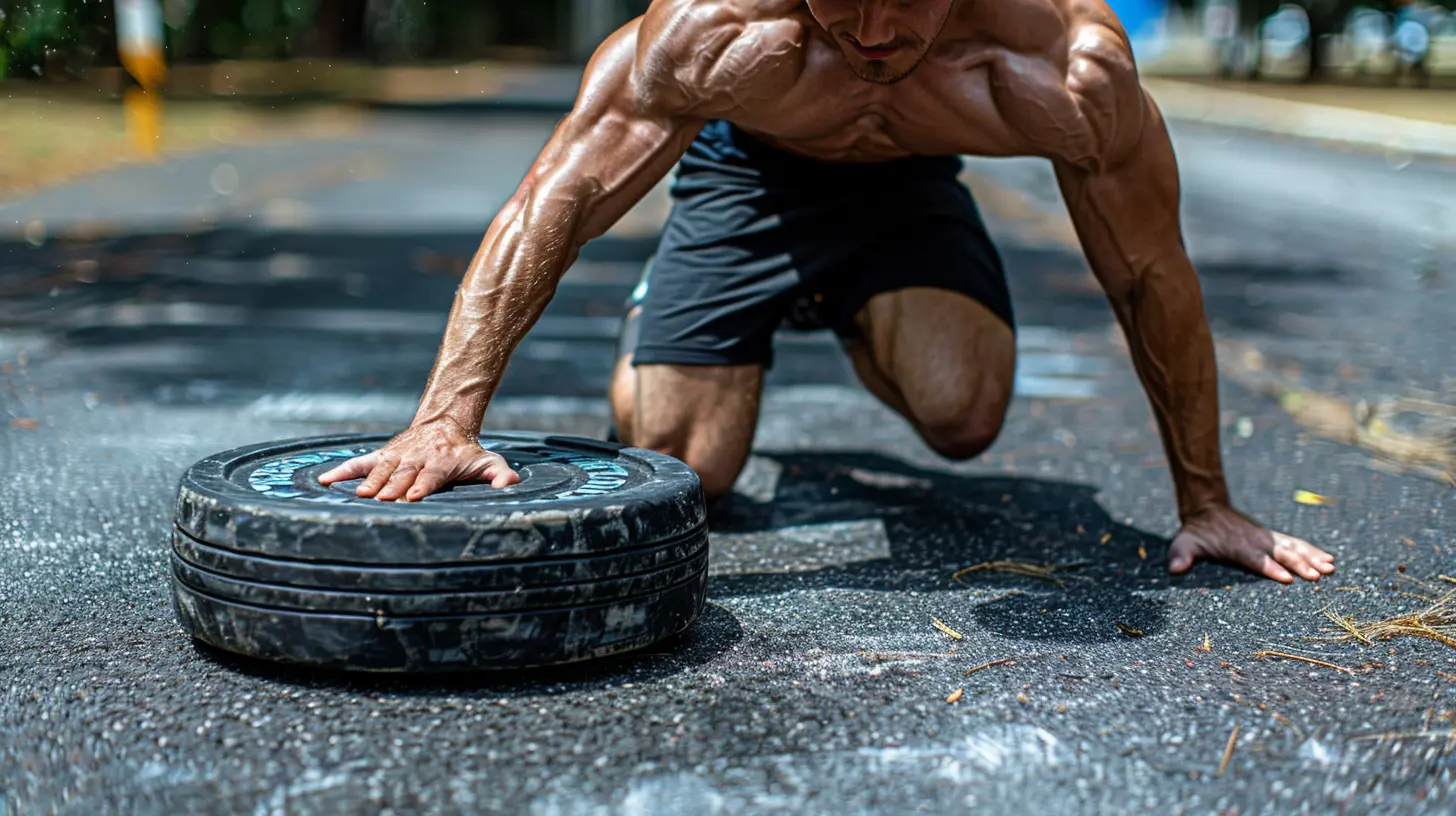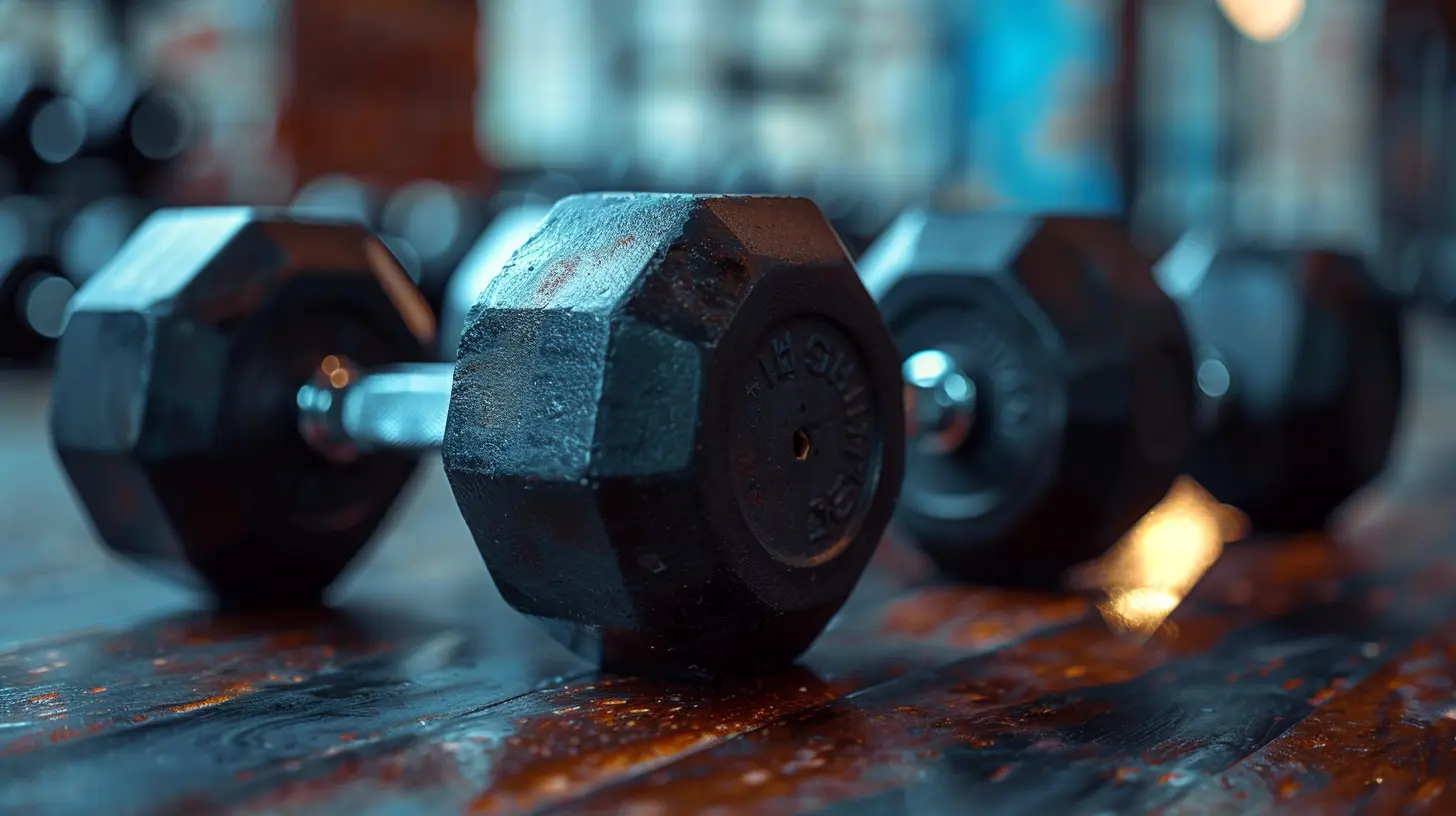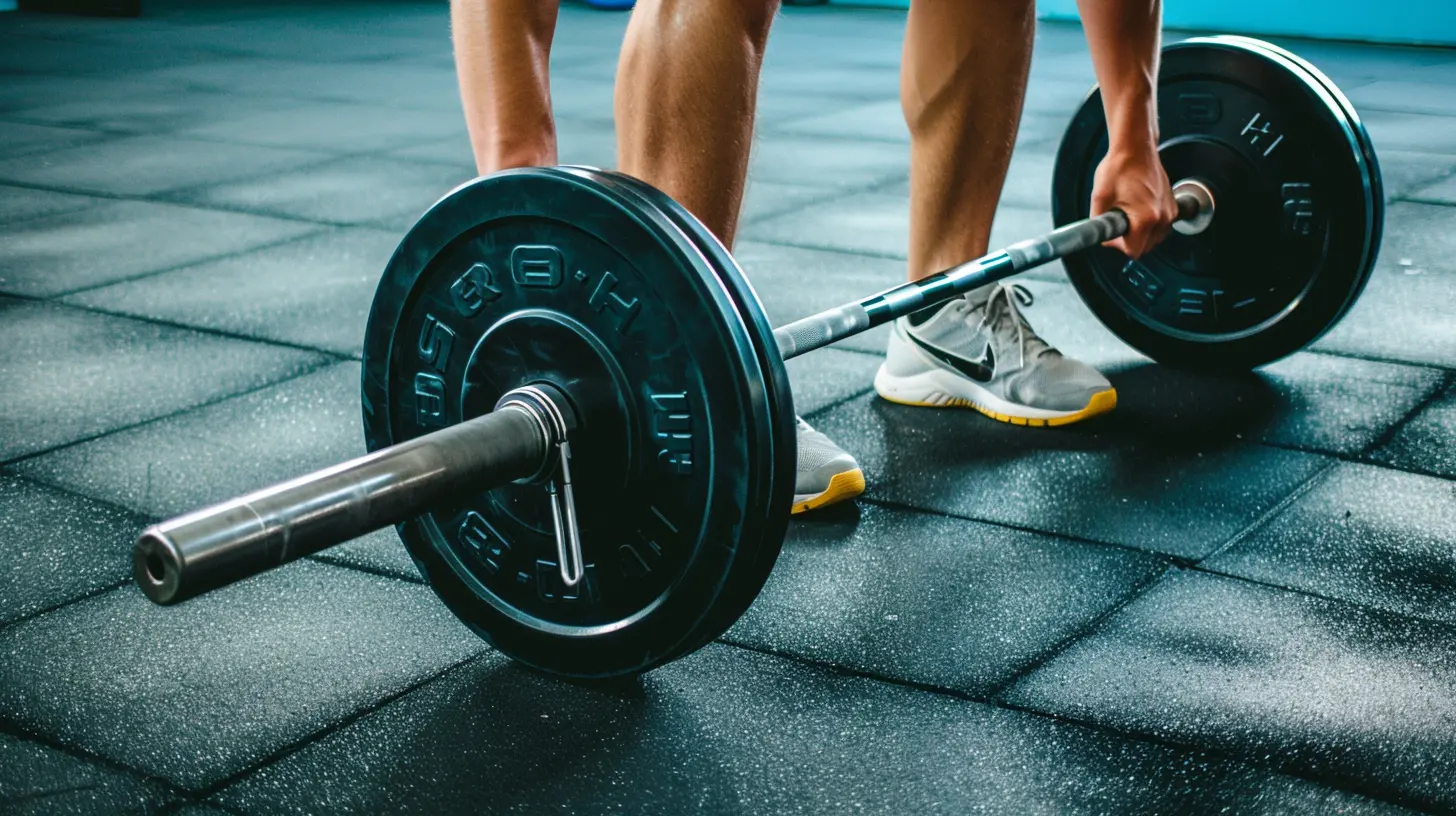Balancing Strength Training and Flexibility for Overall Fitness
7 August 2025
Let’s paint a picture. You walk into the gym and crush a killer weightlifting session. You feel like Thor with a barbell. But then, someone asks you to touch your toes, and suddenly… you’re more Tin Man than Superhero. Sound familiar? That’s where the magical duo of strength training and flexibility swoops in to save the day.
Balancing strength and flexibility is kind of like pairing peanut butter with jelly. Alone, they’re great. But together? Chef’s kiss! They keep your body strong, limber, and oh-so-happy. If you’re stuck thinking it's a choice between deadlifts or downward dogs, keep reading. We're here to clear the air (and possibly your sinuses if you’ve been skipping yoga class).

What Is Overall Fitness Anyway?
Let’s set the record straight. Overall fitness isn’t about how many push-ups you can crank out or whether you can contort into a pretzel pose. It’s more like a fitness buffet — a balance of endurance, strength, flexibility, coordination, and balance (yep, that too).Think of your body as a fancy sports car. Strength training gives it horsepower. Flexibility? That’s your suspension system — keeping everything smooth and nimble. Neglect one, and you're either spinning wheels or coming apart at the seams.

Strength Training: The Muscle-Building, Bone-Protecting Hero
Okay, strength training sounds intimidating, right? Sounds like something only bodybuilders in tiny tank tops do, grunting louder than a bear waking from hibernation. But no worries, strength training is for everyone — from grandmas to gamers.It includes:
- Bodyweight exercises (push-ups, squats)
- Weightlifting
- Resistance bands
- Machines at the gym (yes, even the weird ones you avoid)
Why You Need Strength Training
Here’s the scoop: Muscle isn’t just vanity tissue. It keeps your metabolism humming, protects your joints, and helps you carry groceries without crying. Plus, muscle mass naturally declines with age, and strength training pumps the brakes on that.Some other golden benefits:
- Improves posture. Say goodbye to the ol’ hunchback look.
- Boosts bone density. Fewer fractures, more freedom.
- Enhances balance and coordination. Less falling on your face.
But the real kicker? It makes you feel confident. Seriously. Ever flex your bicep in the mirror after a lift? No shame. We all do it.

Flexibility: The Not-So-Secret Sauce For Pain-Free Living
We get it — flexibility training isn’t exactly thrilling. You don’t finish a stretch and high-five your buddy like after a deadlift. But hear me out: it’s the unsung hero of fitness. It keeps your muscles long, your joints healthy, and your body moving like a well-oiled machine.What Counts as Flexibility Training?
- Dynamic stretching (moving stretches before workouts)- Static stretching (holding stretches post-workout)
- Yoga
- Pilates
- Foam rolling (a love-hate relationship)
Benefits That’ll Make You Want to Touch Your Toes
- Prevents injury (and ain't nobody got time for sprains)- Increases range of motion — hey, your neck can turn more than 20 degrees!
- Helps reduce post-workout soreness (yes, please)
- Improves posture and reduces back pain (your spine will send thank-you notes)
And let’s not forget: you’ll be able to get up off the floor without making that sad “I’m-too-old-for-this” sound.

So… Can You Be Strong And Flexible?
Ah, the million-dollar question: can you have both big biceps and a bendy back? Heck yes. Strength and flexibility are not enemies. They’re more like Ross and Rachel from "Friends" — better together, even after a break. (Let’s just hope your fitness journey has less drama.)Here’s the thing — when you only focus on strength, you risk becoming stiff. When you only focus on flexibility, you might lack the stability and power you need to support certain movements. Balance is key.
Why Balancing Both Makes You a Fitness Unicorn 🦄
- Better athletic performance — run faster, lift more, move smoother.- Fewer injuries — you can't pull a hamstring if it’s strong and stretchy.
- Improved recovery — muscles bounce back quicker with proper stretching.
- Functional movement gains — helps you crush everyday tasks without groaning.
Types of People and How to Balance It All
Let’s break this down by personality types, because we all know someone who’s set in their ways.The Powerlifter Who Hates Stretching
Hey, Big Lifter! We see those gains, but can you reach your shoelaces? Probably not (no offense). Add 10-15 minutes of stretching after your workout. Sneak in a yoga class every week. Your back, knees, and shoulders will thank you louder than your post-PR victory yell.Tip: Try dynamic stretches pre-lift to warm up muscles and reduce injury risk.
The Yoga Lover Who’s Scared of Dumbbells
Yogi friends, we love your flexibility, but how’s your grip strength? Can you open a pickle jar without calling for backup? Resistance training won't turn you into the Hulk — promise. It’ll help maintain muscle tone, prevent osteoporosis, and improve joint support.Start slow: bodyweight exercises, light resistance bands, Pilates, etc.
The Average Joe Just Trying to Adult Right
You want to be fit, but you’re juggling work, kids, and trying to remember if you fed the dog. Don't sweat it. Add in short workouts that mix both strength and flexibility. Think squats and lunges followed by hip stretches. Ten minutes a day can go a long way.
Sample Weekly Workout Plan That Kicks Butt (Gently)
Here’s a simple plan that includes strength, flexibility, and enough freedom to still watch your Netflix shows.Monday
- Strength: Full-body workout (squats, pushups, rows)- Flexibility: 10-minute post-workout stretch
Tuesday
- Flexibility: 30-minute yoga or Pilates sessionWednesday
- Strength: Lower body workout + foam roll afterThursday
- Rest or light walk with dynamic stretchingFriday
- Strength: Upper body + core- Flexibility: Static stretching before bed
Saturday
- Yoga, mobility drills, or dance class (yes, that counts!)Sunday
- Rest and recover (or nap like a champion)Tips To Make Balancing Both Easier Than Choosing A Netflix Show
1. Schedule stretch time — like, literally, add it to your phone.2. Use stretching as a cooldown — habit stacking FTW!
3. Combine movements — exercises like lunges with a twist, or deep squats.
4. Follow a class or app — structure helps when motivation dips.
5. Remind yourself it’s self-care — not punishment. Your body deserves this.
Need a little motivation? Just imagine trying to pick up your grandkid or squat on a camping trip with tight hips and weak glutes. Not pretty, right?
Flexy Myths Busted
You know we love busting some myths — especially the stretchy kind.- "Flexibility work is boring." Ever tried hot yoga? That’s basically stretching in a sauna with a side of cardio.
- "Muscle makes you stiff." Nope. It’s lack of stretching that makes you stiff. Strong doesn’t equal rigid.
- "I’ll stretch once I’m fit." That’s like saying you’ll drink water once you're hydrated.
Real Talk: Your Future Self Will Thank You
We get caught up in six-pack dreams and PRs, but the goal is to feel good in your body. To get off the floor without awkward noises. To run, lift, live, and laugh with ease. Balancing strength training and flexibility is the long game — like flossing but way more fun.So next time you think about skipping that post-gym stretch, or avoiding the weight room entirely, remember you're training for life. Not just for looks or likes.
Fitness isn’t about choosing sides — it's about being the whole dang package.
all images in this post were generated using AI tools
Category:
Strength TrainingAuthor:

Laura Hudson
Discussion
rate this article
1 comments
Elowyn Strickland
Absolutely loved this article! Finding the right balance between strength training and flexibility can feel tricky, but it's so rewarding. It's all about listening to our bodies and enjoying the journey to overall fitness. Thank you!
August 22, 2025 at 3:14 AM

Laura Hudson
Thank you so much for your kind words! I'm glad you found the article helpful. Listening to our bodies truly makes a difference in our fitness journey!


